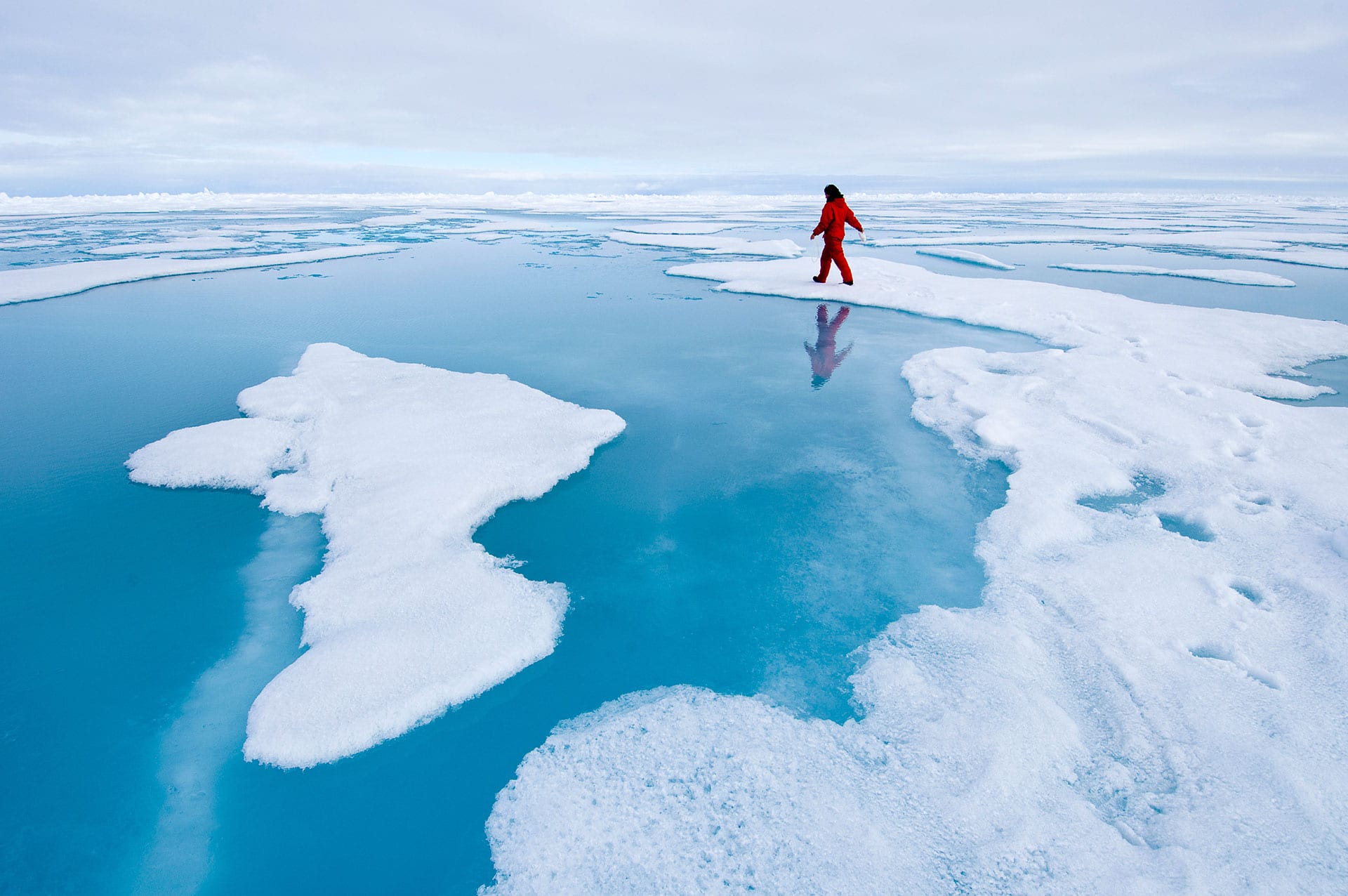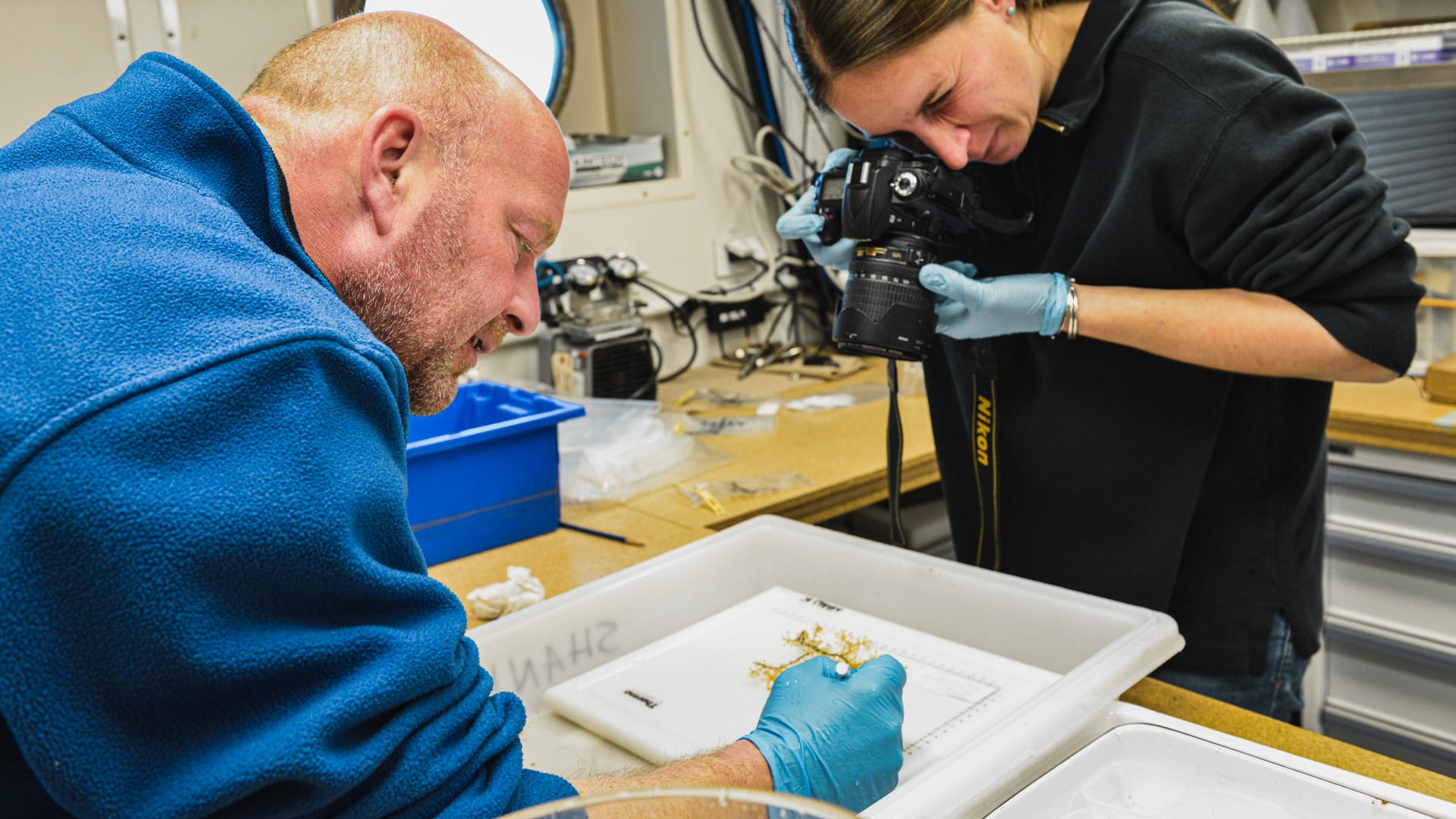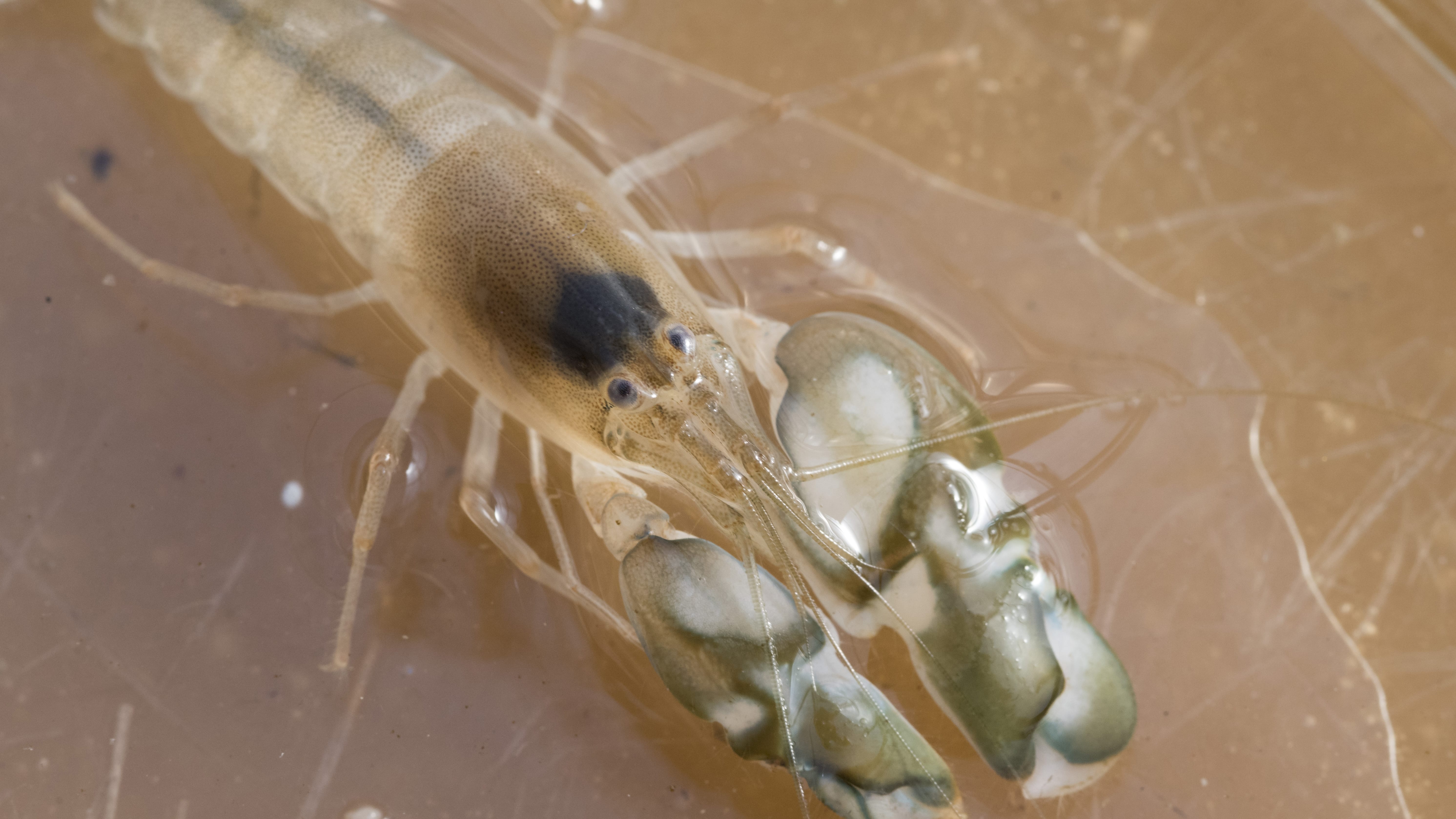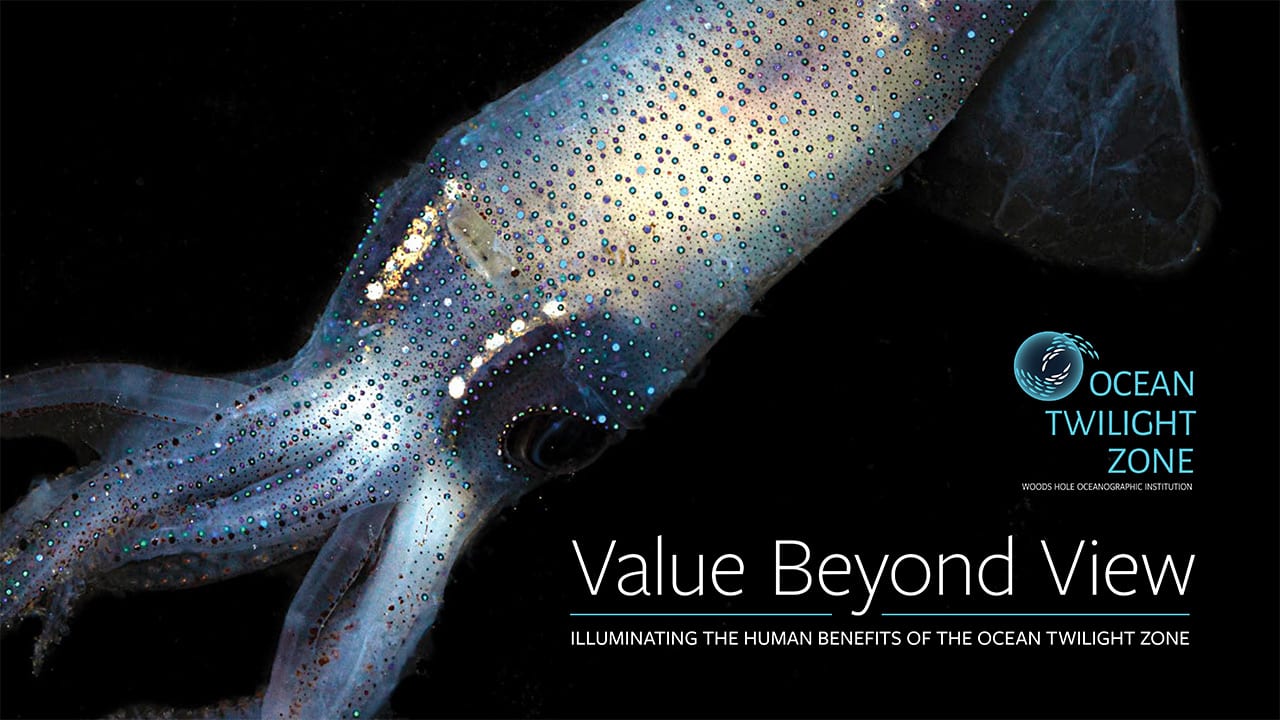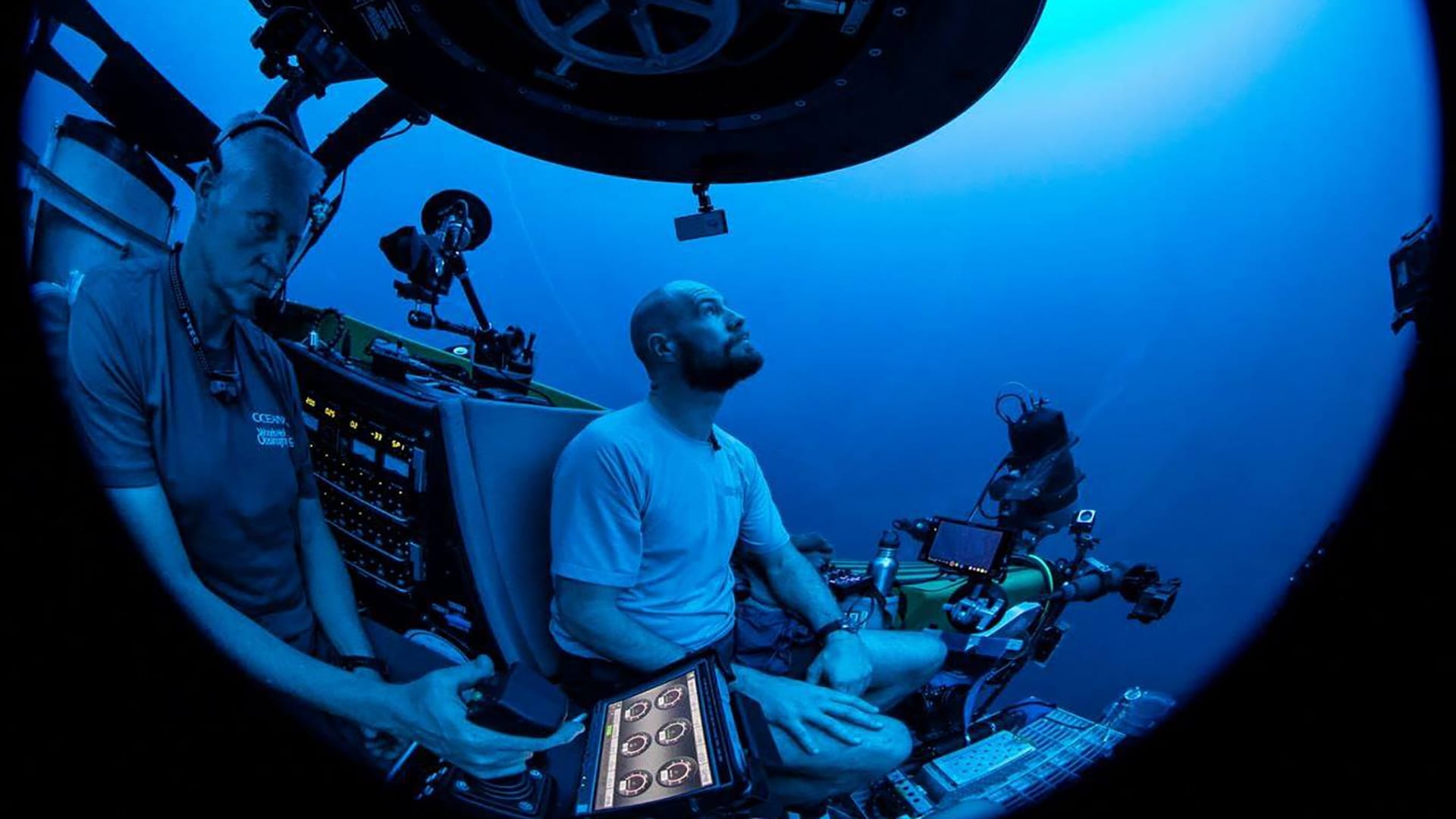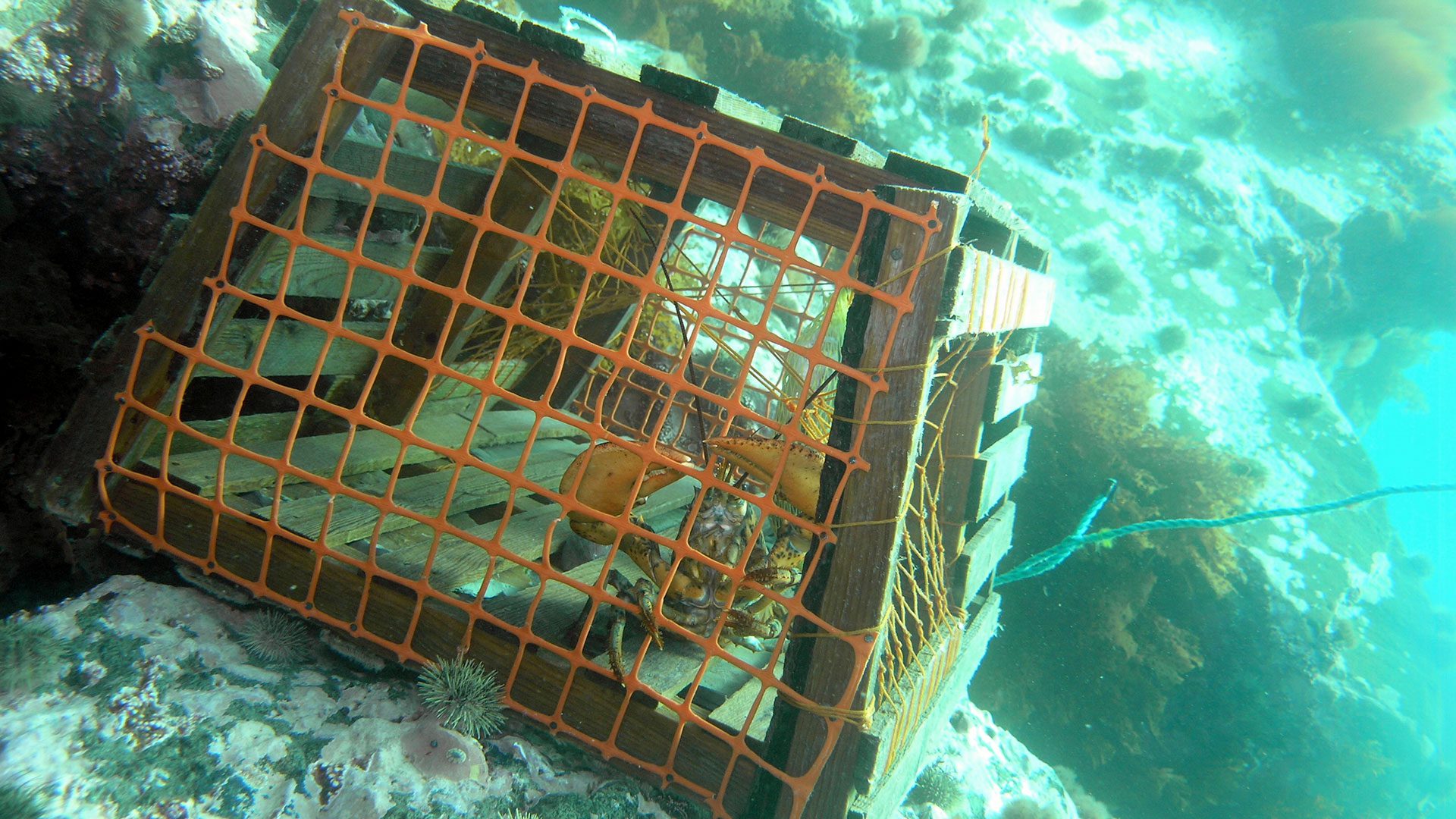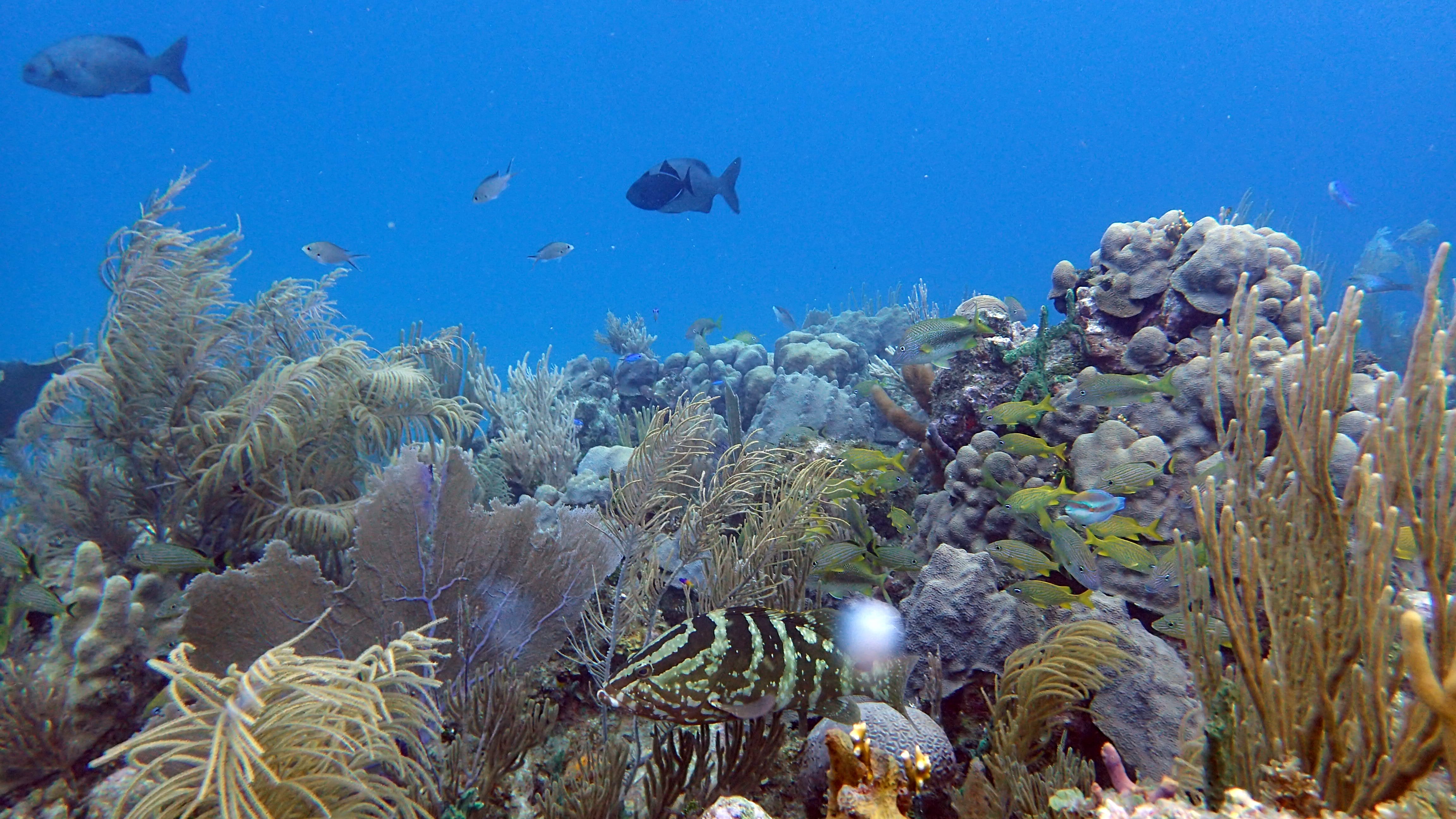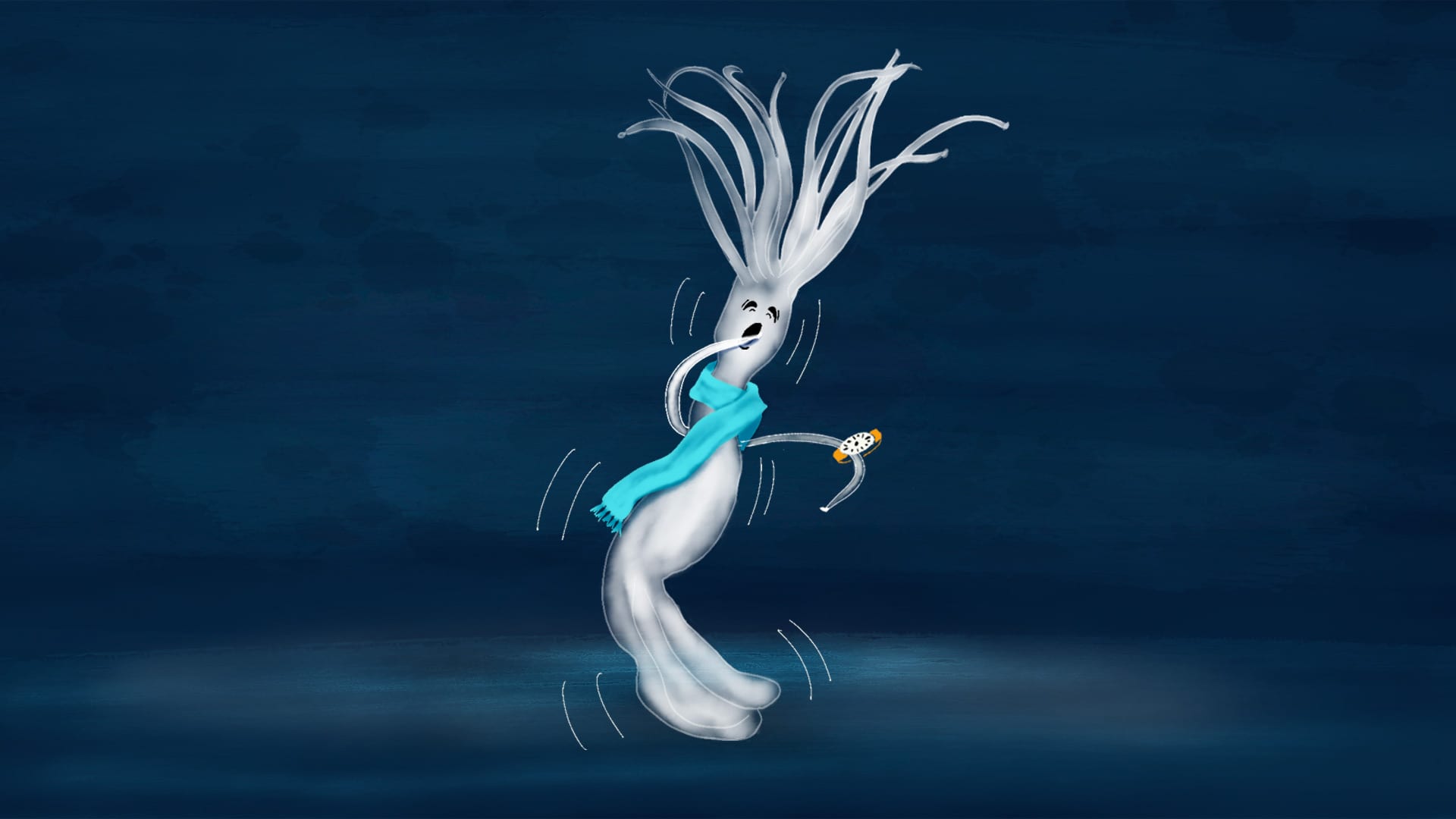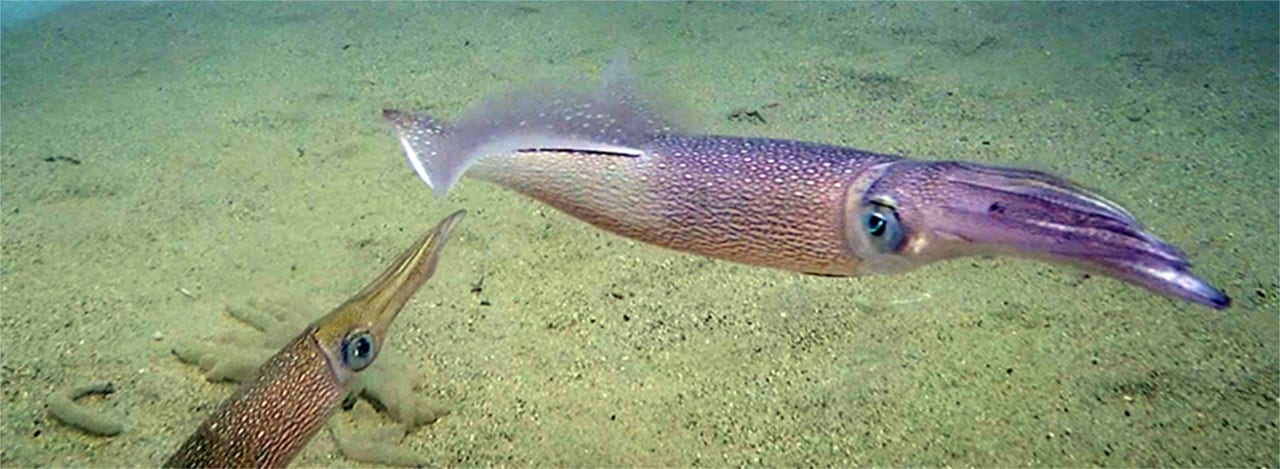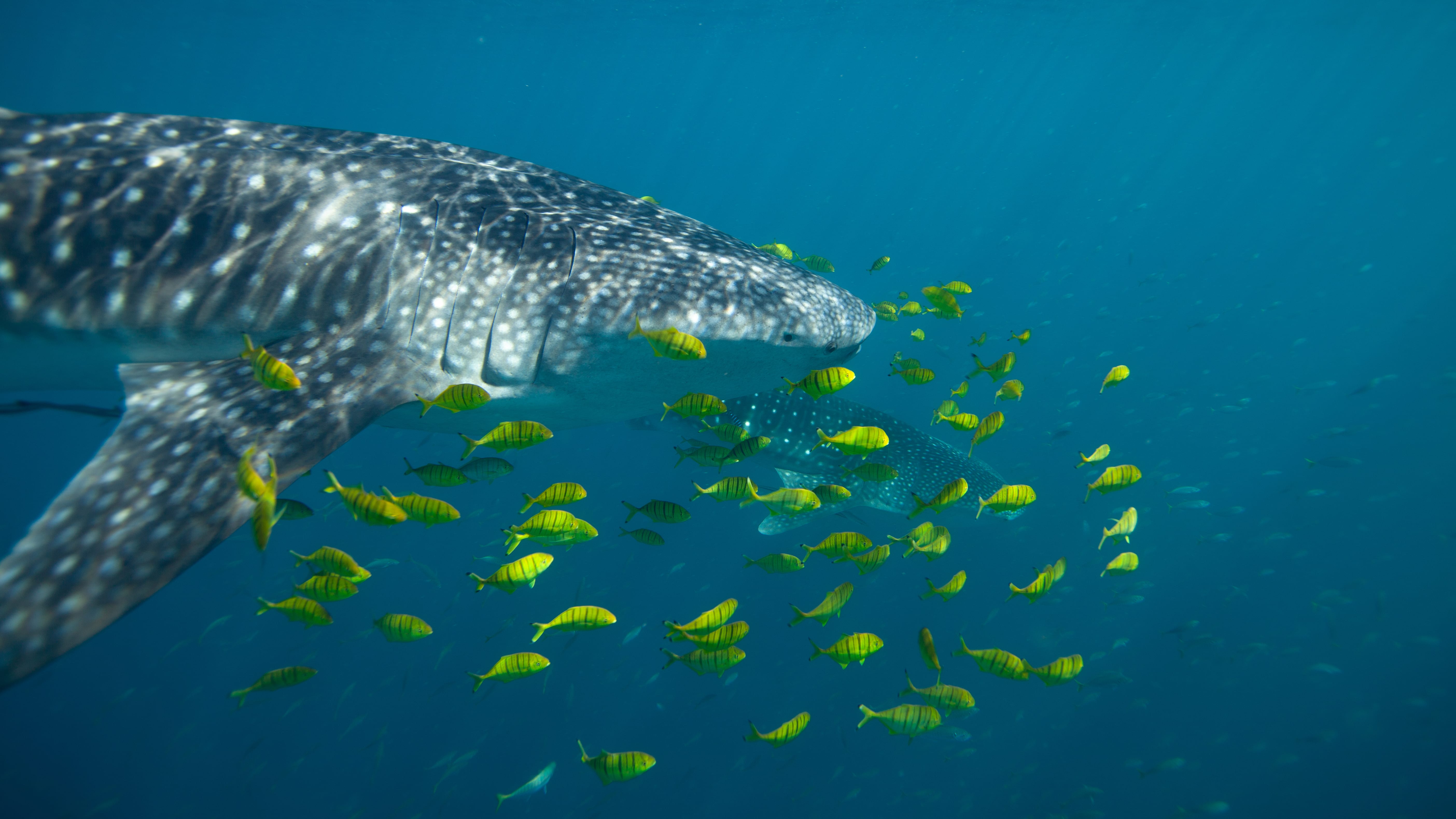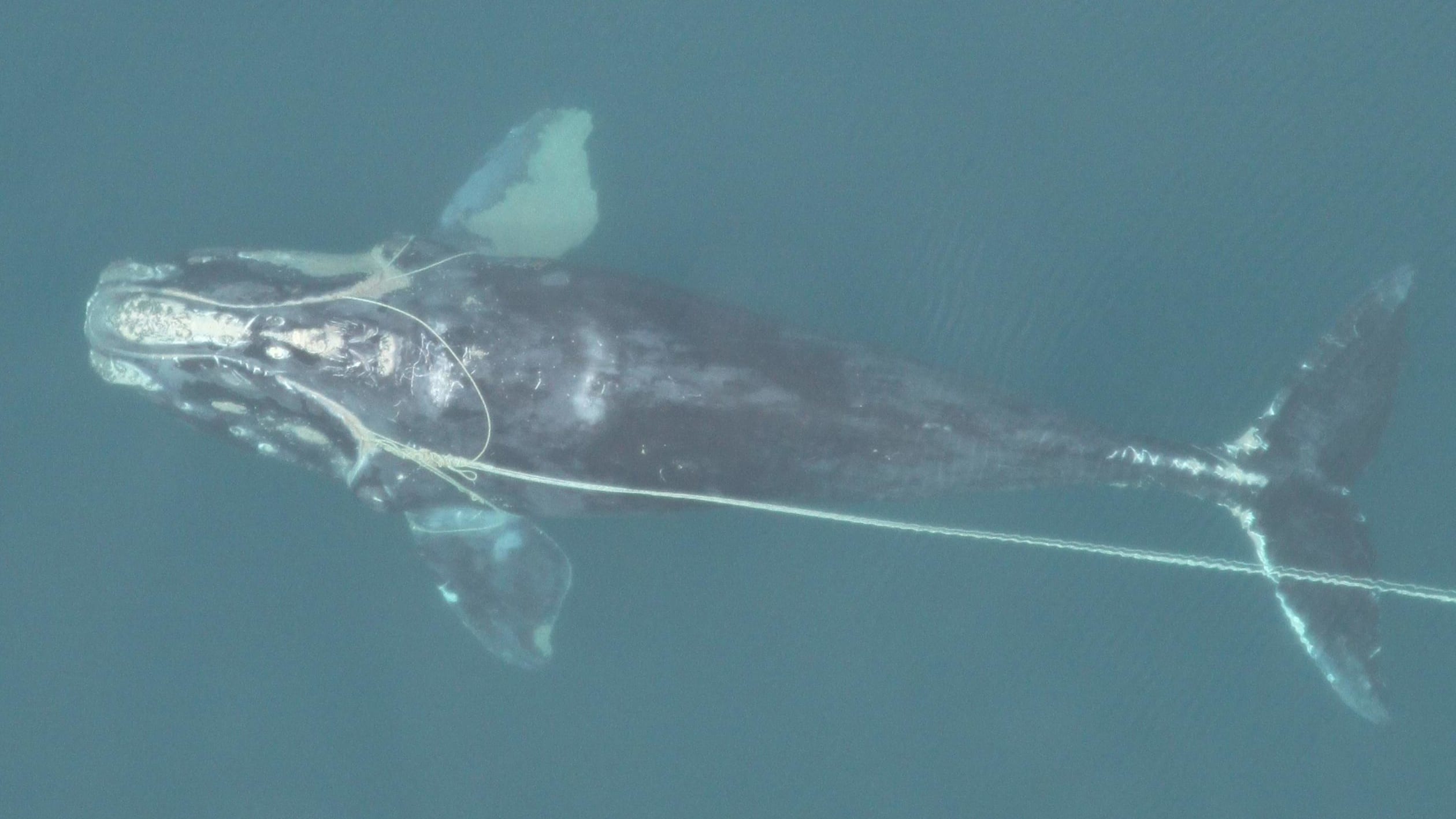Biology
Oceans of Change
“THE SEA NEVER CHANGES, AND ITS WORKS, FOR ALL THE TALK OF MEN, ARE WRAPPED IN MYSTERY.” So observed the narrator of “Typhoon,” Joseph Conrad’s 1902 novella. But today, we…
Read MoreOceans of Change
Oceans of Change WHOI scientists learn how the ocean shapes—and is shaped by—global climate By Madeline Drexler (Photo by Simon Buchou on Unsplash) “THE SEA NEVER CHANGES, AND ITS WORKS,…
Read MoreShedding light on the deep, dark canyons of the Mid-Atlantic
WHOI biologist Tim Shank discusses the exploration of deep-sea canyons throughout the Mid-Atlantic Ocean and how ecosystems there can be managed sustainably in the face of climate change and increased human pressures.
Read MoreWarming oceans are getting louder
One of the ocean’s loudest creatures will get even louder and more troublesome to humans and sea life as the ocean warms.
Read MoreAs North Atlantic right whales slide toward extinction, a desperate search for hope
For the species to survive, they need to be producing closer to 29 calves a year, said Michael Moore, director of the Marine Mammal Center at the Woods Hole Oceanographic…
Read MoreReport reveals ‘unseen’ human benefits from ocean twilight zone
A new report from researchers at Woods Hole Oceanographic Institution (WHOI) reveals for the first time the unseen—and somewhat surprising—benefits that people receive from the ocean’s twilight zone. Also known as the “mesopelagic,” this is the ocean layer just beyond the sunlit surface.
Read MorePaul Caiger hunts for things that glow in the Ocean Twilight Zone
Paul Caiger is a fish biologist, marine photographer and postdoctoral investigator at Woods Hole Oceanographic Institution (WHOI). From the ghoulish grimace of the viperfish, to the bejeweled beauty of the strawberry squid, Caiger’s marine portraits have helped shine a light in this dark but critical ocean zone.
Read MoreThe Ocean’s Moveable Feast
Over the past few decades, Carin Ashjian, a biologist at Woods hole Oceanographic Institution (WHOI), has explored the marine food web and how it has responded to changing ocean conditions.…
Read MoreHow microbes reflect the health of coral reefs
A collaborative study compared seawater from 25 reefs in Cuba and the U.S. Florida Keys varying in human impact and protection, and found that those with higher microbial diversity and lower concentrations of nutrients and organic carbon—primarily caused by human activities—were markedly healthier.
Read MoreSea anemones with jet lag?
WHOI scientists investigate the internal body clocks of sea anemones to determine if fluctuating temperatures play a role in their daily rhythms.
Read MoreUnderwater pile driving noise causes alarm responses in squid
Exposure to underwater pile driving noise, which can be associated with the construction of docks, piers, and offshore wind farms, causes squid to exhibit strong alarm behaviors.
Read MorePortable device allows to measure highly reactive superoxide on coral reefs
Researchers at WHOI successfully conceived and tested a portable device, DISCO, that performed the first in situ measurements of a highly reactive type of oxygen, known as superoxide, which may…
Read MoreMarch of the penguins
If current warming trends continue, emperor penguins will be marching toward an 86 per cent population decline by the end of the century, at which point, “it is very unlikely…
Read MoreWhales may owe their efficient digestion to millions of tiny microbes
A study by NSF-funded researchers at WHOI shows that the microbial communities inside whales may play an important role in the digestion of one of the ocean’s most abundant carbon-rich lipids: wax esters.
Read MoreClimate change threatens everyone’s favorite little fish
The well-being of the colorful clownfish of “Finding Nemo” fame is closely tied to its habitat among the sea anemone, according to a 10-year study by an international team of…
Read MoreProtecting living corals could help defend the Great Barrier Reef from ocean acidification for decades
Reefs with higher numbers of living corals will be more resilient than expected to damage from acidifying seawater, scientists reported recently in Nature Evolution and Ecology.
Read MoreBioacoustic alarms are sounding on Cape Cod
The International Fund for Animal Welfare (IFAW) and its Marine Mammal Rescue Team in Yarmouth, Mass. have responded to a record high of more than 464 marine mammals stranded on Cape Cod since January this year. Researchers at Woods Hole Oceanographic Institution (WHOI) believe patterns from animal sound data may be the key to curbing these numbers.
Read MoreWhales may owe their efficient digestion to millions of tiny microbes
A study by researchers at Woods Hole Oceanographic Institution (WHOI) shows that the microbial communities inside whales may play an important role in the digestion of one of the ocean’s most abundant carbon-rich lipids, known as a wax ester.
Read MoreRed Sea ‘hotspot’ study reveals behaviors of whale sharks
A new study of whale shark movements near a known hotspot in the Red Sea sheds light on their behaviors and could help inform the conservation efforts of the largest known fish, which can reach lengths of 40 feet or more.
Read MoreScientists meeting in Portland say right whales on the way to extinction
The future continues to grow ever darker for the highly endangered right whale, a species that has been in decline every year since 2010 and is at the heart of…
Read MoreA Tiny Camera Could Help Shellfish Farmers Avoid Big Losses
Cape Cod’s shellfish farmers face many challenges, and one of the biggest is dealing with harmful algal blooms, which can damage shellfish and be poisonous for humans to ingest. But…
Read MoreSeaWorld & Busch Gardens conservation fund commits $900,000 to protect critically endangered North Atlantic right whales
The funding provided by the SeaWorld Conservation Fund will be primarily used to test alternative non-lethal fishing gear. Whales and sea turtles commonly entangle in ropes that connect crab or lobster traps on the sea floor to buoys on the sea surface.
Read MoreToxic Algal Blooms Are Worsening with Climate Change
“Cyanobacteria grow quite well—better than almost everything else in those freshwater systems—the hotter it gets,” said Don Anderson, a senior scientist at WHOI.
Read MoreIf alien life exists in our solar system, it may look like this
On September 19th, the research vessel, Kronprins Haakon, departed Longyearbyen, Svalbard headed toward the Aurora hydrothermal vent field, located along the Gakkel Ridge some 4000 meters below the arctic ice.
Read More
